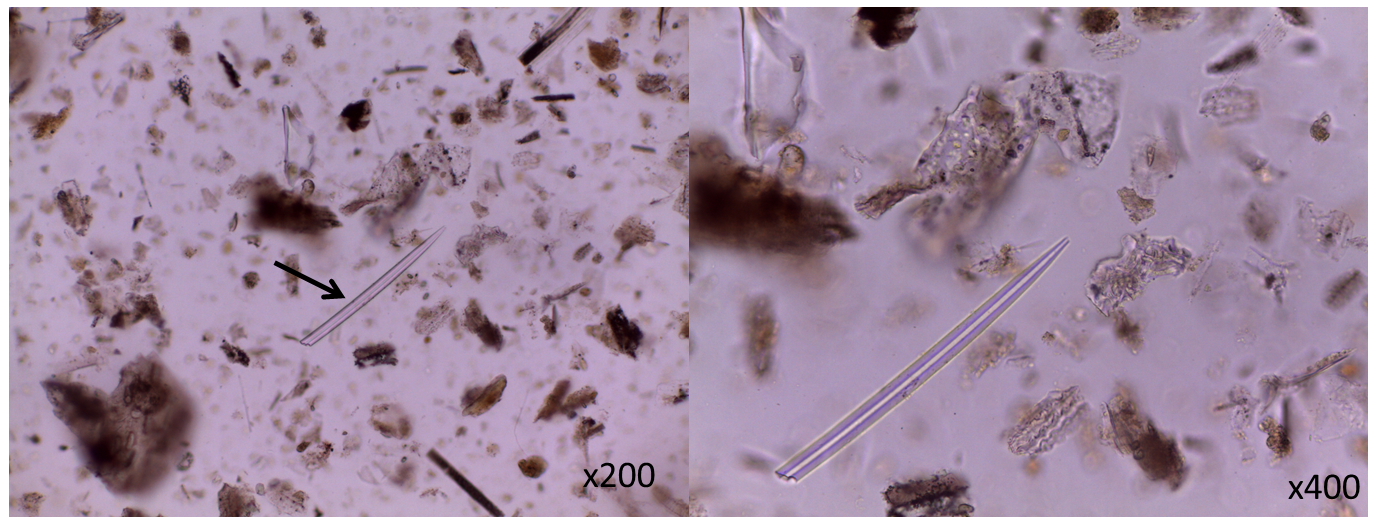Faecal lipids and fungal spores as proxies for ancient pastoralism

I was recently alerted to this interesting new paper (open access!) through Google Scholar citation alerts, which is a very useful service for finding out when your papers are cited by other authors (in this case my 2011 paper on faecal lipid residues at Catalhoyuk ). The authors studied a sequence of lake sediments from Lake Igaliku in SW Greenland, looking at changes in the quantity of DOC and fungal spores. DOC is a bile acid (deoxycholic acid), and is found in both human and ruminant faeces, but at a higher concentration in ruminants. Humans have higher amounts of LC (another bile acid, lithocholic acid). Interestingly no LC was found, suggesting that the DOC comes entirely from herbivores (and that the runoff 'polluting' the lake is largely agricultural, rather than coming from settlement sewage waste). The fungal spores that were found are from coprophilous fungi - i.e. fungi that grow on faeces! The amount of DOC present correlated with the number of fungal spores, wi


